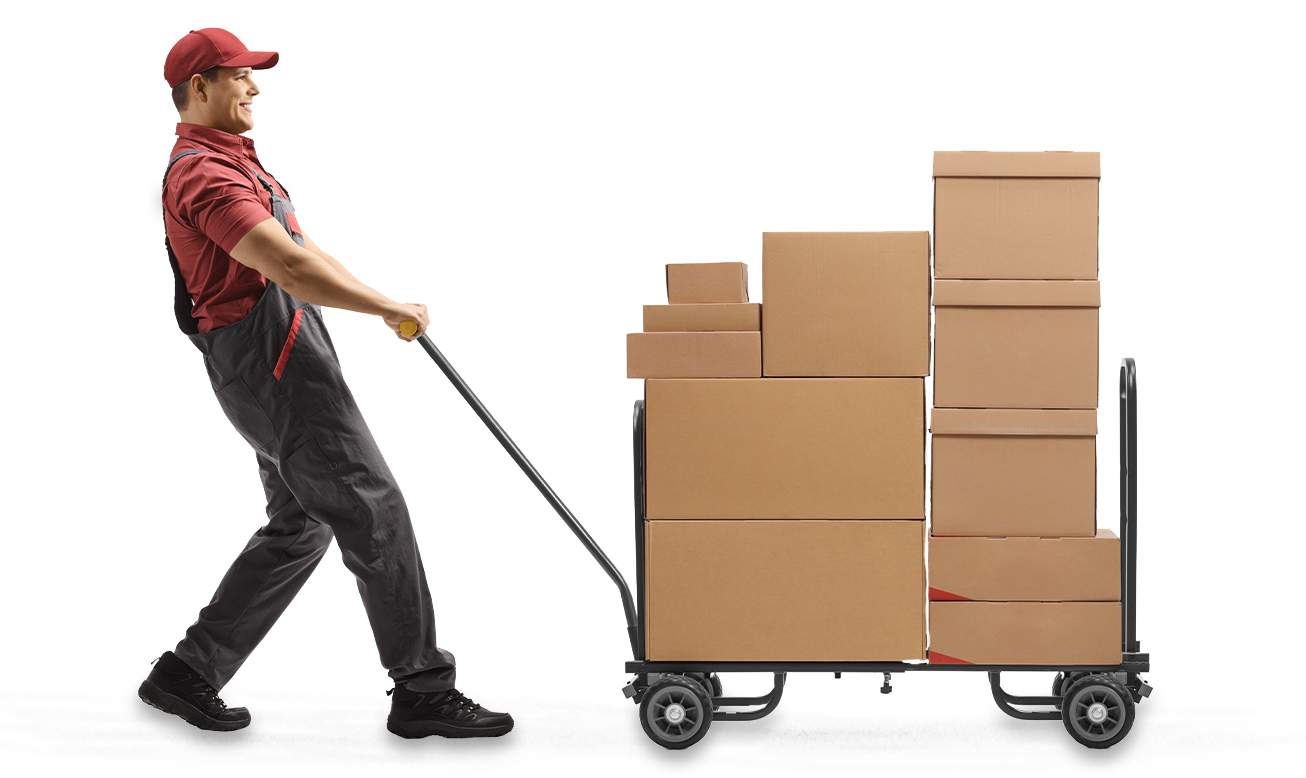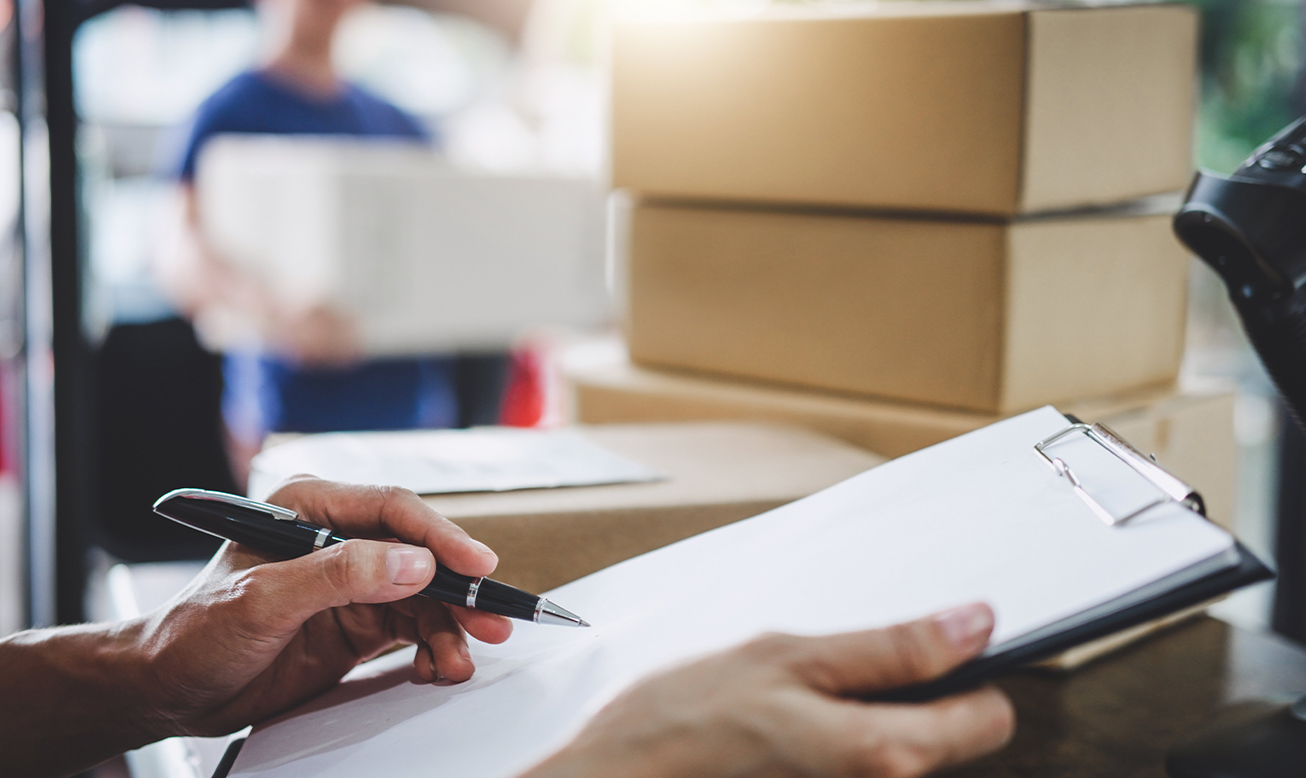March 5, 2025
Challenges, Solutions, and How to Stay Ahead
Last-mile delivery is the final and often most critical step in the logistics chain. It is the moment when freight transitions from manufacturers to distribution centers or retail stores. For e-commerce businesses, this stage is both a make-or-break opportunity and a logistical challenge. With the rise of online markets, B2B clients now expect faster, cheaper, and more reliable deliveries. But meeting these expectations is not easy. In fact, last-mile delivery challenges are some of the most complex issues faced by logistics companies today.
Why Last-Mile Delivery is Such a Big Deal
The last mile is the most expensive and time-consuming part of the shipping process. According to industry reports, it can account for up to 53% of total shipping costs. Why? Because it involves dealing with unpredictable variables like traffic, weather, and client availability—all while trying to deliver freight as quickly as possible.
But here’s the kicker: even though it is costly, last-mile delivery is also the most visible part of the customer experience. A delayed container or a poor delivery experience can leave a lasting negative impression and might drive customers to competitors. Businesses can’t afford to ignore the challenges in last-mile delivery.

The Top Last-Mile Delivery Challenges
So, what exactly makes last-mile delivery so tricky? Here are the most common logistics problems that businesses face:
- 1
Rising Customer Expectations – Customers want their placed orders delivered fast—often within 24 to 48 hours—and at little to no cost. Meeting these demands while keeping efficient operational costs is a constant balancing act for logistics companies.
- 2
Failed Deliveries – Missed deliveries happen when customers are unavailable or when drivers can’t find the correct address. These failed attempts increase costs and frustrate clients, potentially harming your brand’s reputation.
- 3
Inefficient Route Planning – Poorly planned routes lead to wasted time, fuel, and resources. Without real-time updates on traffic or road conditions, drivers may end up taking longer routes, increasing delivery times and costs.
- 4
High Operational Costs – Fuel, vehicle maintenance, and labor costs can quickly add up, especially when deliveries are spread out over large areas. These expenses are some of the biggest challenges faced by logistics companies.
- 5
Lack of Real-Time Visibility – Without real-time delivery tracking, businesses are left in the dark about the status of their freight. This lack of transparency can result in missed deliveries and unhappy clients.

How to Tackle Last-Mile Delivery Challenges
The good news? There are many proven strategies and technologies that can help businesses overcome these hurdles. Here are some of the most effective last-mile logistics solutions:
Bring Warehouses Closer to Customers
One of the simplest ways to reduce last-mile delivery challenges is to position distribution centers or warehouses closer to your client base. Strategic warehousing cuts down on delivery times and reduces fuel costs and carbon emissions.
Invest in Route Optimization Technology
Advanced route optimization tools can analyze real-time data, like traffic patterns and weather conditions, to create the most efficient delivery routes. This helps drivers save time and fuel while ensuring timely deliveries.
Benefit from Real-Time Delivery Tracking
Implementing a real-time delivery tracking system is a game-changer. It allows businesses and customers to monitor freight journeys from origin to final destination. Real-time updates also enable companies to proactively address delays or issues, improving customer satisfaction.
Offer Flexible Delivery Options
Modern consumers want control over when and where they receive their freight. By offering flexible delivery options—like same-day delivery or time slots—you can reduce failed deliveries and improve the overall customer experience.
Use Data Analytics to Improve Operations
Data is your best friend when it comes to solving logistical challenges. By analyzing delivery data, businesses can identify patterns, optimize most routes, and make informed decisions to improve operations efficiency.

The Future of Last-Mile Delivery
As the industry continues to grow, so will the challenges in last-mile delivery. However, businesses that embrace innovative solutions and technologies will be better equipped to handle these hurdles. From real-time delivery tracking to AI-powered route optimization, the tools to streamline last-mile logistics are already here.
At Last Mile Logistics, we specialize in helping businesses overcome these challenges. Whether it is optimizing routes, reducing failed deliveries, or implementing more efficient transportation systems, our expertise ensures that your last-mile operations run smoothly and efficiently.
Looking for a reliable last-mile delivery solution? Contact Arnie today to learn how we can help you streamline your logistics operations and keep your clients happy!

